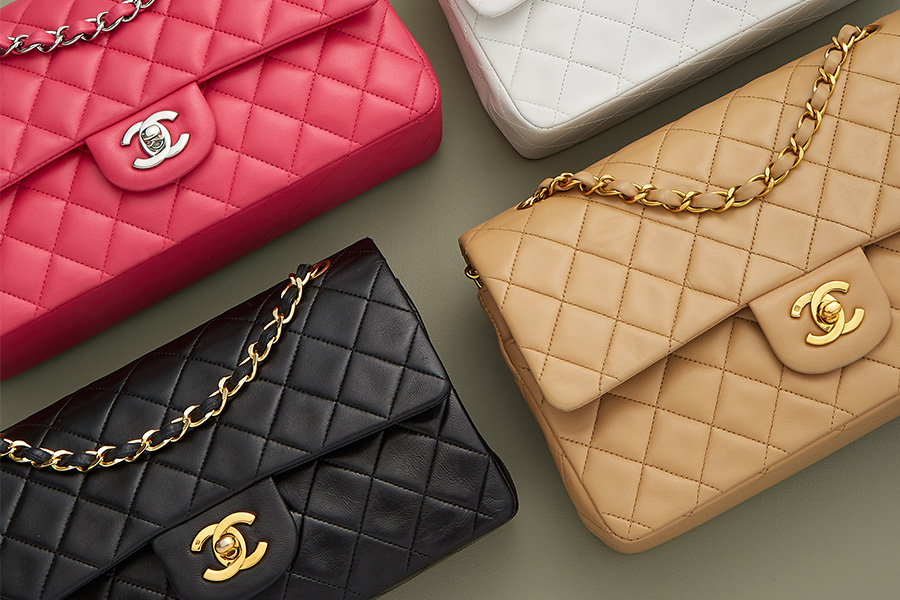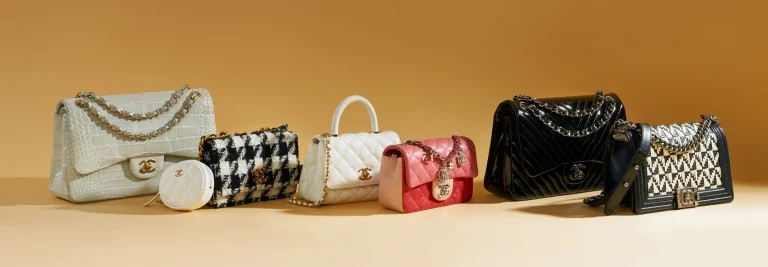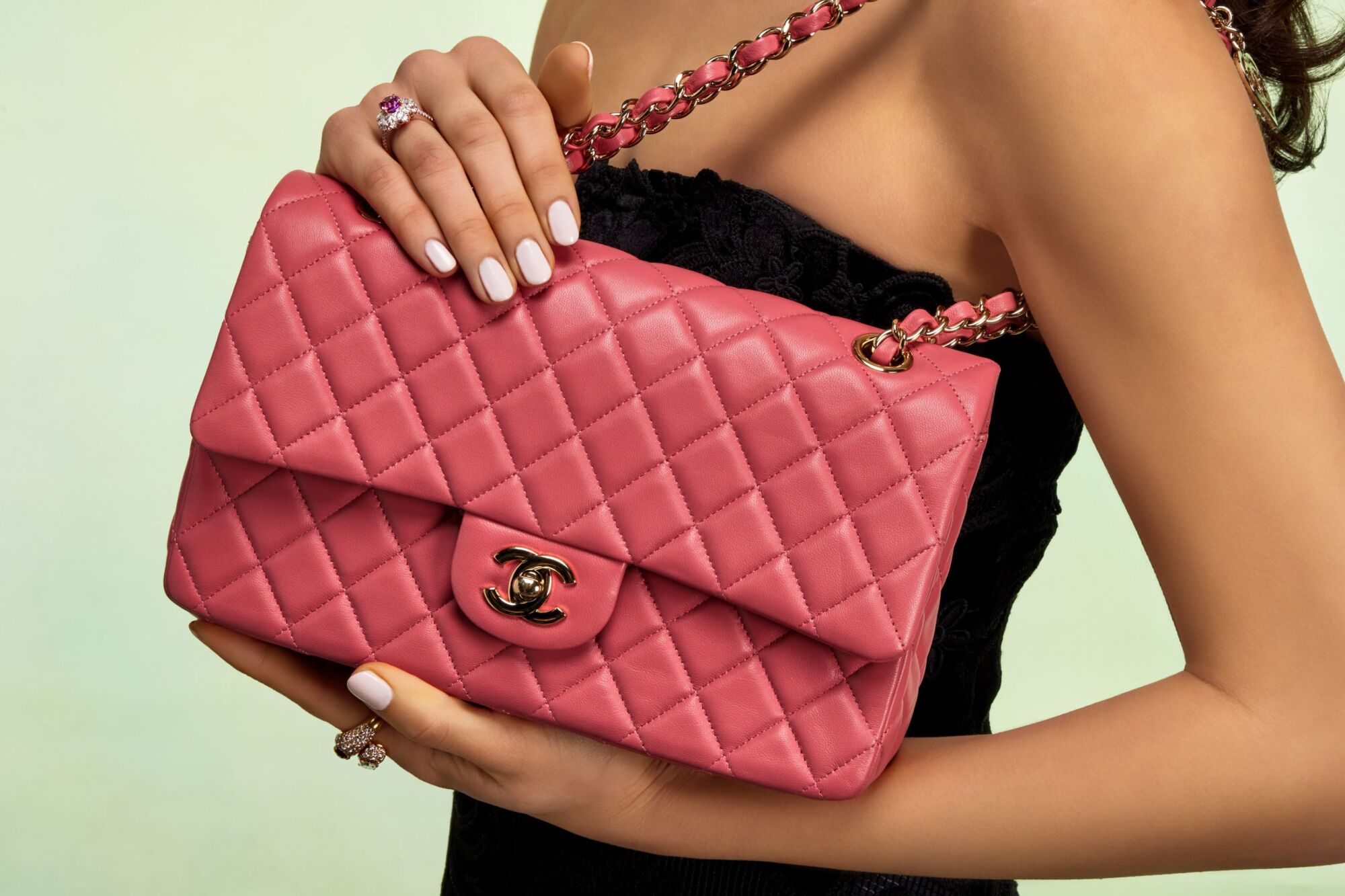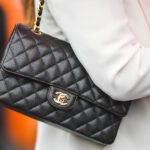The Chanel Classic Flap Bag has always been more than just an accessory—it is a cultural symbol, a piece of fashion history, and for many collectors, an investment. By 2025, the price of this timeless bag has reached new heights, reflecting both the prestige of the house and the growing demand for luxury goods worldwide.
In the United States, the medium Classic Flap is now priced around 11,300 dollars, a noticeable increase compared with previous years. The small version comes in just under that figure at about 10,900 dollars, while the larger Jumbo and Maxi sizes are priced at roughly 12,200 and 12,800 dollars respectively. Even the Mini Classic Flap, often considered an entry point into Chanel’s handbag collection, costs well over 5,000 dollars today.

This steady rise in price has been one of the most striking developments in the luxury market. Only a few years ago, a medium Classic Flap could be purchased for just under 6,000 dollars. The fact that the price has nearly doubled in less than a decade highlights Chanel’s strategy of positioning itself firmly in the realm of exclusivity. Owning one is no longer just about fashion; it is a clear statement of luxury and status.
Why does the price keep climbing? Part of the explanation lies in rising production costs, from fine leathers to skilled craftsmanship in France. Another reason is Chanel’s deliberate policy to protect the exclusivity of its products, keeping them on par with other luxury icons such as Hermès. For loyal customers, the increases are frustrating, but for investors and collectors, the bag’s resale value often justifies the purchase.
Still, not every buyer is willing to pay full boutique prices. Many people turn to resale platforms or search for a chanel outlet in hopes of finding a better deal. While discounts on brand-new Classic Flaps are rare, the secondary market provides options for those who want to own a piece of the legend without waiting in line at the boutique.
Looking ahead, it seems likely that the Classic Flap will continue to rise in value, making it not just a fashion purchase but also a financial decision. For some, that makes the splurge worthwhile; for others, it is a reminder of how luxury is defined in 2025—not by accessibility, but by scarcity and prestige.


